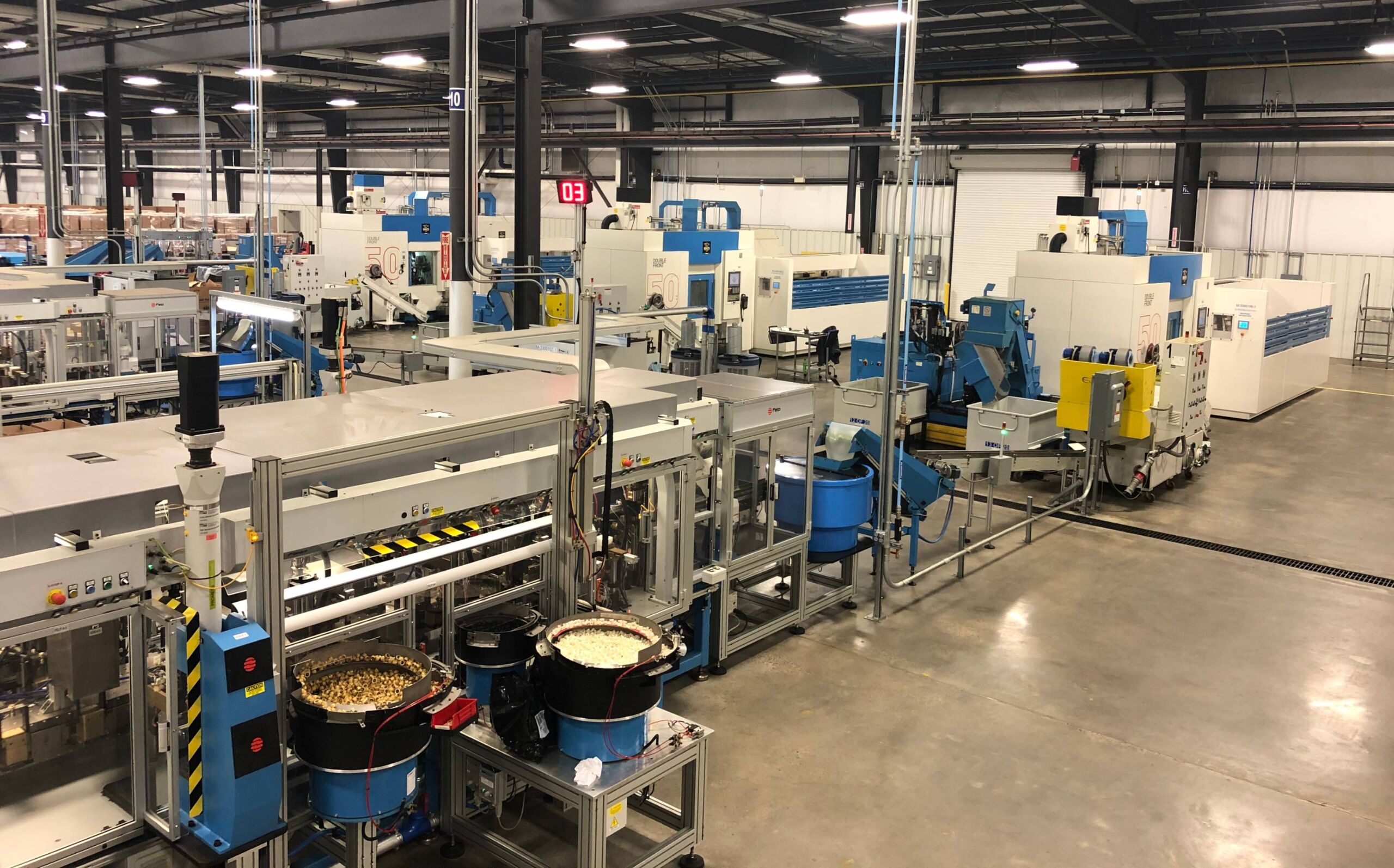Introduction
When it comes to choosing the right type of PVC pipe for your project, it’s important to understand the differences between Schedule 40 PVC and regular PVC. While both types are made from the same material, they have distinct characteristics that make them suitable for specific applications.
Schedule 40 PVC
Schedule 40 PVC is a type of PVC pipe that is commonly used in plumbing and irrigation systems. It is known for its durability and strength, making it ideal for applications that require high pressure or heavy-duty usage. Schedule 40 PVC pipes have a thicker wall compared to regular PVC pipes, which allows them to handle higher pressure levels.
One of the main advantages of Schedule 40 PVC is its resistance to corrosion and chemicals. This makes it a popular choice for underground installations or projects that involve exposure to harsh environments. Schedule 40 PVC pipes are also easy to install and require minimal maintenance.
Regular PVC
Regular PVC, also known as non-pressure or drainage PVC, is typically used for non-pressurized applications such as drainage systems, landscaping, and electrical conduits. Unlike Schedule 40 PVC, regular PVC pipes have a thinner wall and are not designed to handle high-pressure situations.
Regular PVC pipes are lighter and more flexible than Schedule 40 PVC, which makes them easier to work with in certain applications. They are also less expensive, making them a cost-effective choice for projects that do not require high-pressure capabilities.
Key Differences
The main differences between Schedule 40 PVC and regular PVC can be summarized as follows:
- Wall Thickness: Schedule 40 PVC has a thicker wall compared to regular PVC, allowing it to handle higher pressure levels.
- Usage: Schedule 40 PVC is commonly used in plumbing and irrigation systems, while regular PVC is used for non-pressurized applications such as drainage and landscaping.
- Strength: Schedule 40 PVC is stronger and more durable than regular PVC.
- Flexibility: Regular PVC is more flexible and lighter than Schedule 40 PVC.
- Cost: Regular PVC is typically less expensive than Schedule 40 PVC.
Choosing the Right Type of PVC
When deciding between Schedule 40 PVC and regular PVC, it’s important to consider the specific requirements of your project. If you need a pipe that can handle high pressure or heavy-duty usage, Schedule 40 PVC is the recommended choice. On the other hand, if your project involves non-pressurized applications and cost-effectiveness is a priority, regular PVC may be the better option.
It’s also worth noting that there are other types of PVC pipes available, such as Schedule 80 PVC, which has an even thicker wall and is designed for more demanding applications. Consulting with a professional or a PVC supplier can help you determine the most suitable type of PVC for your project.
Conclusion
Understanding the differences between Schedule 40 PVC and regular PVC is crucial when selecting the right type of PVC pipe for your project. While both types are made from the same material, they have distinct characteristics that make them suitable for specific applications. By considering factors such as pressure requirements, usage, and cost, you can make an informed decision and ensure the success of your project.



Leave A Comment